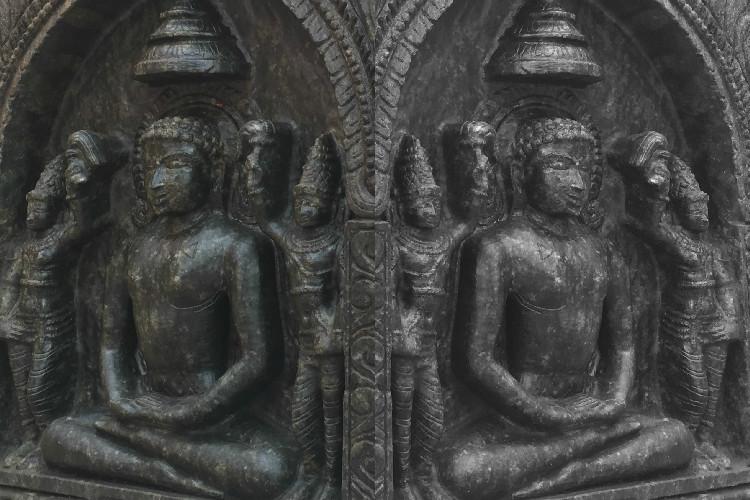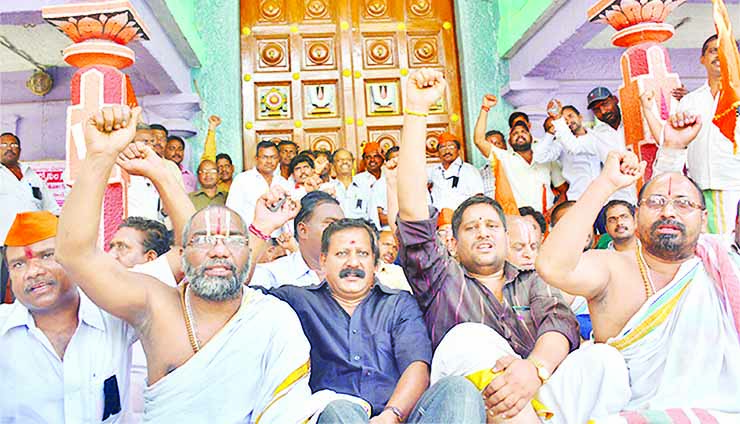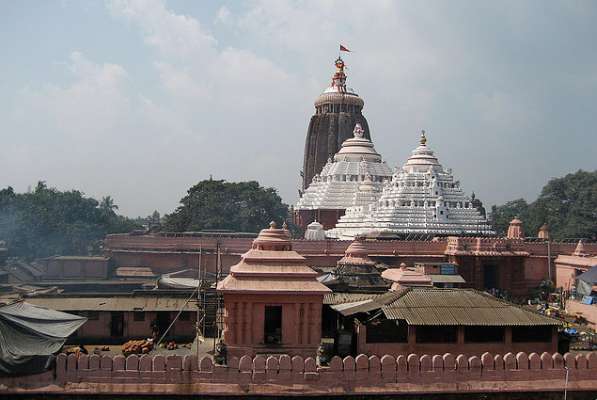UK professor designs ancient Hoysala-style temple in India | Hindustan times
A Cardiff-based scholar of ancient Indian temple architecture has designed an ornate, complex temple based on the Hoysala tradition in Karnataka, where construction has started and the platform of the massive Rs 300 crore temple has been laid.
Since no new Hoysala-style temple has been built since the 14th century and there are no ‘sthapatis’ (temple architects) practising the Hoysala style, the trust implementing the project in the Kolar district hired Adam Hardy, professor of Asian architecture at Cardiff University.
“There were some reservations initially about employing a foreigner,” Hardy told Hindustan Times after his latest visit to Karnataka, where large granite blocks have been used to lay the platform. No cement is used; rest of the temple is to be built in soapstone, according to tradition.
Dedicated to Balaji, the temple is being built by the Sri Kalyana Venkateshwara Hoysala Art Foundation through crowd-funding and donations. The trust entered into a contract with Cardiff University for Hardy to produce the overall design of the temple and surrounding complex.
Passionate about ancient Indian temple architecture, Hardy has several books on the subject and has worked on temples in India as well as others built by the Indian diaspora in the United Kingdom, particularly the Balaji temple in Birmingham.

A design for the Sri Kalyana Venkateshwara temple (Image Courtesy: Adam Hardy)
The Hoysala dynasty ruled in south Karnataka between the 11th and 14th centuries; its temples are ornate and complex; such as the Chennakesava temple in Belur, Hoysaleswara temple in Halebidu and the Ishwara temple in Arasikere.
“The brief is not for a copy of a Hoysala temple, but for a new creation arising from the design principles manifest in the tradition. It meant following the formal logic of sequentially emerging, increasingly complex forms observable over the course of this tradition and extrapolating the design from the existing Hoysala monuments,” Hardy said.

Adam Hardy, who designed the temple, is a professor of Asian architecture at Cardiff University. (HT Photo)
“The design should grow from the tradition, and should perhaps be thought of as what the Hoysalas would have done next if they had built another great royal temple after Belur and Halebidu,” he added.
Hoysala temples are known for architectural planning, detailed iconography, beautifully carved pillars and the use of soapstone instead of sandstone. After eight years of designing and re-designing, construction began outside the village of Venkatapura in Kolar, nearly 150 km east of Bengaluru, in mid-June.
Over 150 master sculptors are at work, besides training many more in the tradition. The temple is expected to be completed in 2030.
Apart from religious purposes, the temple is intended to stimulate a revival of crafts and to provide a setting for cultural activities such as dance performances; schools of sculpture and dance are also envisaged.











